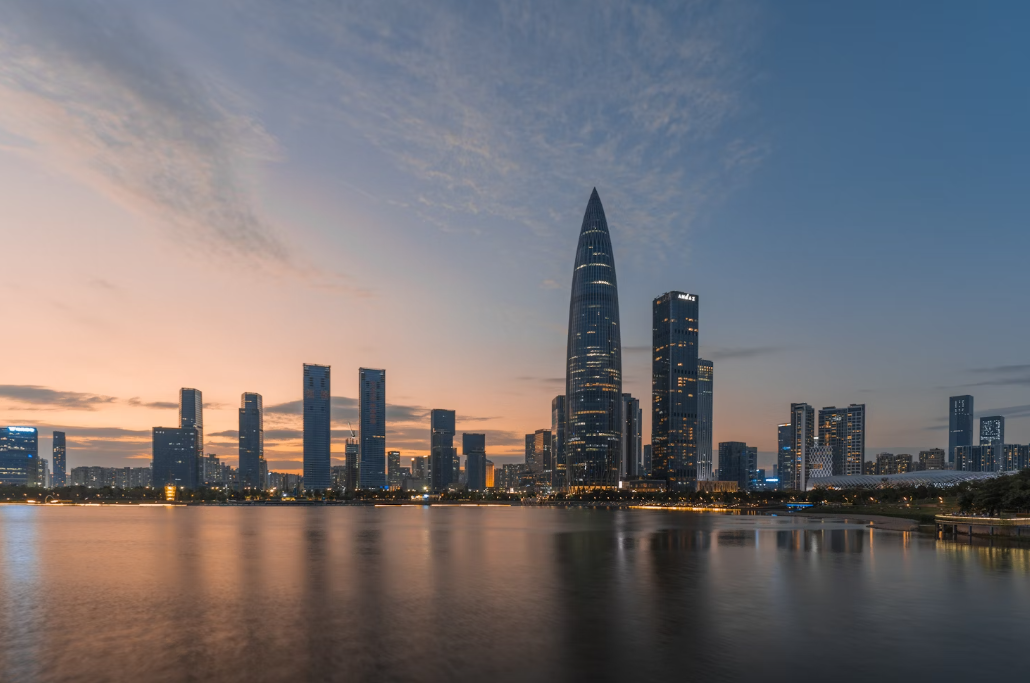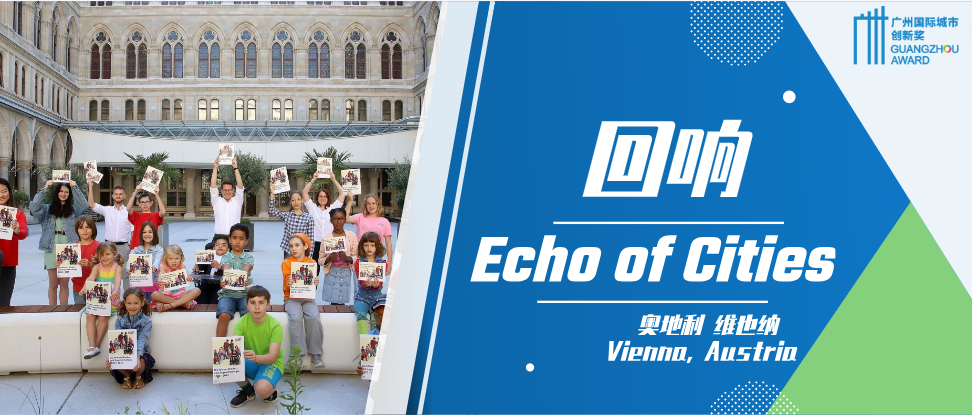Hamburg, Germany
The International Building Exhibition IBA Hamburg and its “Climate Protection Concept Renewable Wilhelmsburg”

Comments from the Technical Committee
Hamburg decided to support the redevelopment of the Wilhelmsburg neighborhood of the city through hosting the International Building and the International Garden Show (IBA) in 2005. An “IBA Partnership” was established which brought together 150 private companies and the local community. As a result over 70 projects were developed around three themes including cities and climate change. Wilhemsburg has 55,000 inhabitants living in an Island on the Elbe, which is vulnerable to flooding. It is also an ethnically diverse and low income community with an environment affected by industrial and transport infrastructure. The projects are based on maximizing the use of local energy resources by energy saving and energy efficiency thereby strengthening the local economy as a result. The aim is to use 100 percent local renewable energy by 2025 and 100 percent renewable heat by 2050, making Elbe carbon neutral. The IBA provided an opportunity and structure to further the scheme. Already scheduled projects will ensure that 54 percent of heat production and 14 percent of the overall energy demand will be renewably produced by the end of 2015. The IBA Hamburg Model and the Climate Protection Renewable Wilhemsburg strategy are already being used in other parts of the city. Additionally the IBA is sharing the knowledge generated with other partner cities.
Background Information
To support the new urban development program of the city of Hamburg, called “Leap over River Elbe”, and to connect the city center with southern city districts, the Hamburg Senate decided in 2005 to present the International Buildings Exhibition (IBA) and the International Garden Show (IGS) in the district of Wilhelmsburg.
To organize both shows, the IBA and IGS, and the Hamburg government founded two city-owned companies in 2006 linked in terms of structure and management.
Goals of the Initiative
The foundation for making the IBA area a more energy efficient environment was called the Climate Protection Concept Renewable Wilhelmsburg, which was developed by an international committee of experts in collaboration with IBA from 2008 to 2010. The idea behind the resulting “Energy Atlas”, is that the city should utilize local energy resources to supply renewable energy and at the same time to considerably increase the efficiency of local energy consumption.
Undertaking several researches and studies, the results demonstrate that it is possible to supply the Elbe Islands by local renewable energy sources by 2050 even with a population growth from 55,000 to 73,000. In detail, a 100 percent supply of renewable power is possible until 2025, and a supply of 85 percent renewable heat until 2050, to make the Elbe Islands nearly carbon neutral until 2050.
Outcomes and Assessments
Until now, the already realized or already scheduled projects will generate a renewable power production of 54 percent and a renewable heat production of 14 percent of the overall demand by the end 2015.
After the realization of the IBA projects, a new “Implementation Plan” will be the second Action Plan until 2020 or 2025. It will:
•continue already started IBA projects
•start planned projects
•transfer existing IBA structures, concepts and networks into a “post IBA period”
•develop totally new projects
•attend the general German and Hamburg development
Strengths of the Initiative and Innovation
The main aspect of the “Climate Protection Concept Renewable Wilhelmsburg” is to tackle the challenges of global climate change by the development and the implementation of measures within the borders of the city or districts. This can be done by energy savings and energy efficiency, the use of local renewable energy sources and strengthening the local economy.
Therefore the working group undertaking the relevant studies were working on a district level and used a scenario analysis to compare future energy demands and the potential for savings, increased efficiency, and the use of renewable energy in the various types of urban building environment on the Elbe Islands, and the develop strategic measures for the optimization of energy supplies.
The study examined two different reference scenarios for 2013/2020/2050, applying Germany-wide trends in innovation, efficiency and the introduction of renewable energy to the Elbe Islands.
Two scenarios were developed as an alternative to the reference scenarios to incorporate concrete IBA projects and also to examine different areas of emphasis in renewable energy supplies. The two scenarios share the fact that they are local and decentralised solutions adapted to the special local ability to achieve autonomy in renewable energy.
The results of the study, undertaken in close cooperation with the IBA’s specialist Energy and Climate Advisory Board, form the most important basis for the “Energy-Atlas” of the Elbe Islands, and represent the strategic instruments and projects of the Elbe Islands’ future energy supply systems. The aim is the presentation of a spatial energy model for the IBA’s demonstration region.
The results of the study demonstrate that it is possible to supply the Elbe Islands by local renewable energy sources by 2050 even if the population will grow from 55,000 up to 73,000. In detail, a 100 percent supply by renewable power is possible until 2025, a supply of 85 percent renewable heat until 2050, to make the Elbe Islands nearly carbon neutral until 2050.
The first projects like the “Energy Bunker”, the conversion of a former World War II aircraft shelter into a power station and heat storage and the “Energy Hill”, the transformation of a toxic landfill into a location of wind turbines and PV as well as a public park, have been realized in close cooperation with local people and will be continued.
-
 Urban Innovation in China | Shenzhen: How to Maintain Momentum to Achieve Carbon Peak by 2030 While Leading Green and Low-Carbon Development?
Urban Innovation in China | Shenzhen: How to Maintain Momentum to Achieve Carbon Peak by 2030 While Leading Green and Low-Carbon Development? -
 City Stories | Antananarivo, Madagascar: Building Resilience in the City Food System
City Stories | Antananarivo, Madagascar: Building Resilience in the City Food System -
 In Focus | International Women’s Day: Building a Women-Friendly City
In Focus | International Women’s Day: Building a Women-Friendly City -
 Echo of Cities | Vienna, Austria: The Youth Melody of an Ancient City
Echo of Cities | Vienna, Austria: The Youth Melody of an Ancient City























 Tel: +86 20 3780 4434
Tel: +86 20 3780 4434 Email: info@guangzhouaward.org
Email: info@guangzhouaward.org Address: Rm 1609, FuLiXinTianDi, No.307 Guangzhou Dadao Zhong, Yuexiu District, Guangzhou, Guangdong, 501600, PRC
Address: Rm 1609, FuLiXinTianDi, No.307 Guangzhou Dadao Zhong, Yuexiu District, Guangzhou, Guangdong, 501600, PRC




